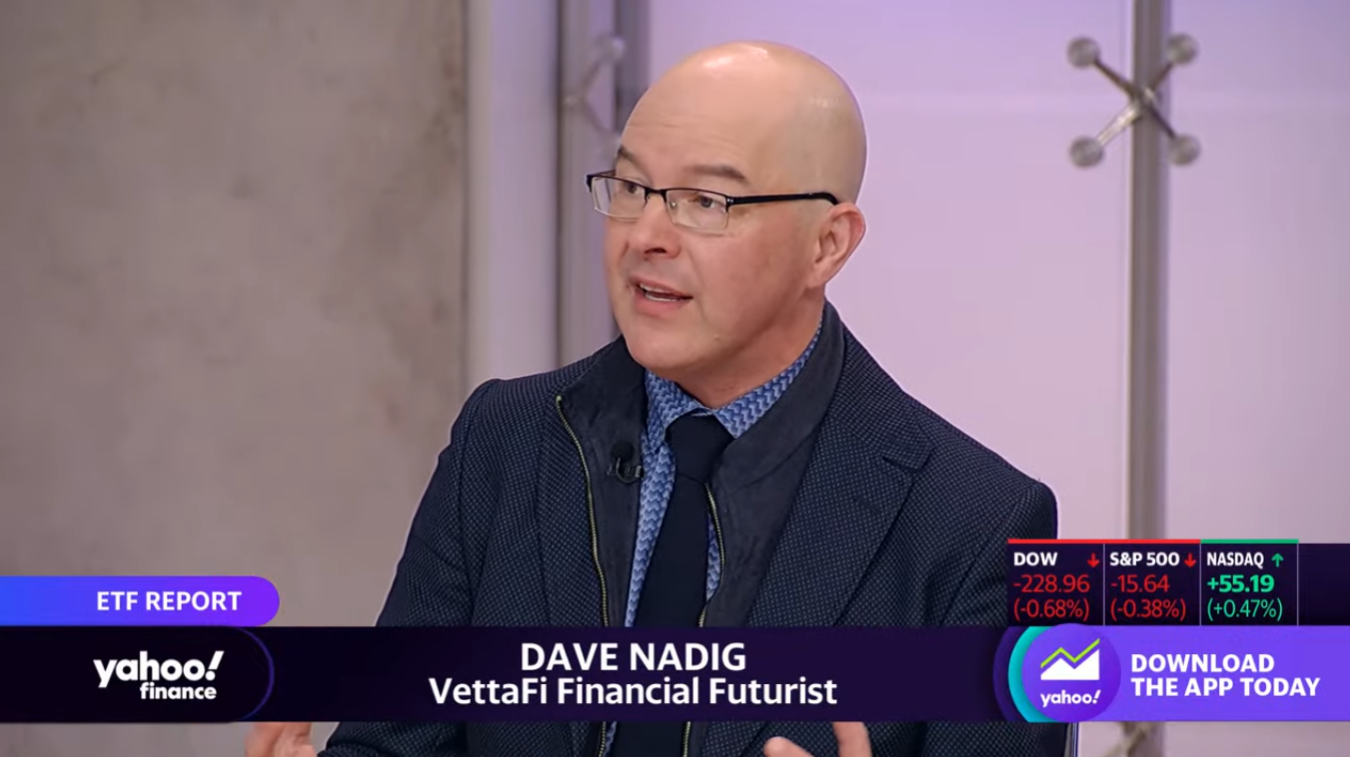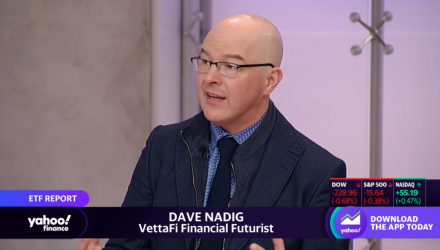Despite much hand-wringing about a potential recession this year, the market has yet to show the kind of contraction or slowdown that would suggest a recession is imminent, even with a disappointing 1.1 annual growth rate for the first quarter. Understanding that split requires taking a look at a bifurcated tech sector and how firms are pushing price hikes, according to VettaFi’s Dave Nadig, who joined Yahoo Finance’s “ETF Report” program on Monday.

Per Nadig, consumers are partially responsible for the bifurcated market, with the tech names that have been successful being those that rely on consumer support. The likes of Microsoft (MSFT), Apple (AAPL), and Meta (META) have seen all the action and are consumer tech plays “of a sort,” Nadig explained, as opposed to the big tech spends on areas like capital expenditures.
“We recently identified — picked up a company called LOGICLY, which lets us dig down into portfolios of ETFs and figure out what’s driving their returns,” Nadig said. “The biggest winner this year has been QUAL, which is the iShares MSCI USA Quality Factor ETF. When you look at what it holds and what’s driving the pattern of returns in it, it’s communication services, technology companies — it’s better picks in the consumer discretionary space.”
QUAL, Nadig explained, has actually managed to beat the S&P 500 by about 1.5% year-to-date, as well. Responding to a question about the role AI has played and will continue to play in the bifurcated tech story, Nadig underlined its potential to be a force multiplier in non-tech sectors.
“It’s going to allow businesses to really change how they do business in a positive way. It speeds up time to market. It speeds up product development and makes marketing better and more targeted. There are real use cases here that are driving real flows,” he said.
Meanwhile, in those other sectors, markets have seen staples and consumer discretionary switch places between this year and last, with some notable price-related action taking place therein. The switch between the two has helped evince the price over volume narrative that is helping to explain how the consumer side of the economy is remaining more resilient.
“Discretionary really took it on the chin, that’s flipped around a bit. Staples is actually dragging down the S&P so far this year, and discretionary is really leading,” Nadig said.
“But even saying that if you look inside the staples earnings report, we see a consistent theme of price over volume, meaning everything from Tootsie Roll (TR) to Kimberly Clark (KMB) to Pepsi (PEP) seems to be able to pass not only their increased costs on the consumers, but to juice their margins along the way,” he added. “We’ve seen no evidence yet that the average consumer is pulling back their spending just because prices are up.”
Those investors who want to play that robust consumer spending as well as so-called “safety plays” that are still in equity, Nadig said, may want to look to strategies like QUAL as well as the JP Morgan Equity Premium Income Fund (JEPI). Despite concerns about a credit-related crunch for firms in a recession, the core S&P 500 firms can still do pretty well despite that thanks to robust consumer spending, Nadig concluded.
For more news, information, and analysis, visit VettaFi | ETF Trends.
